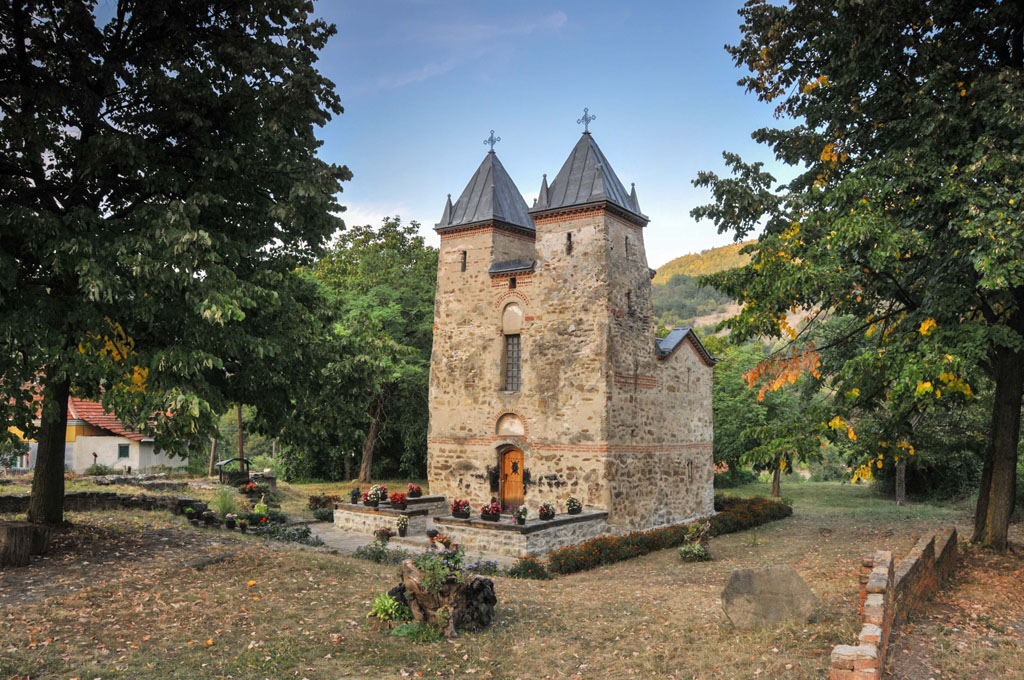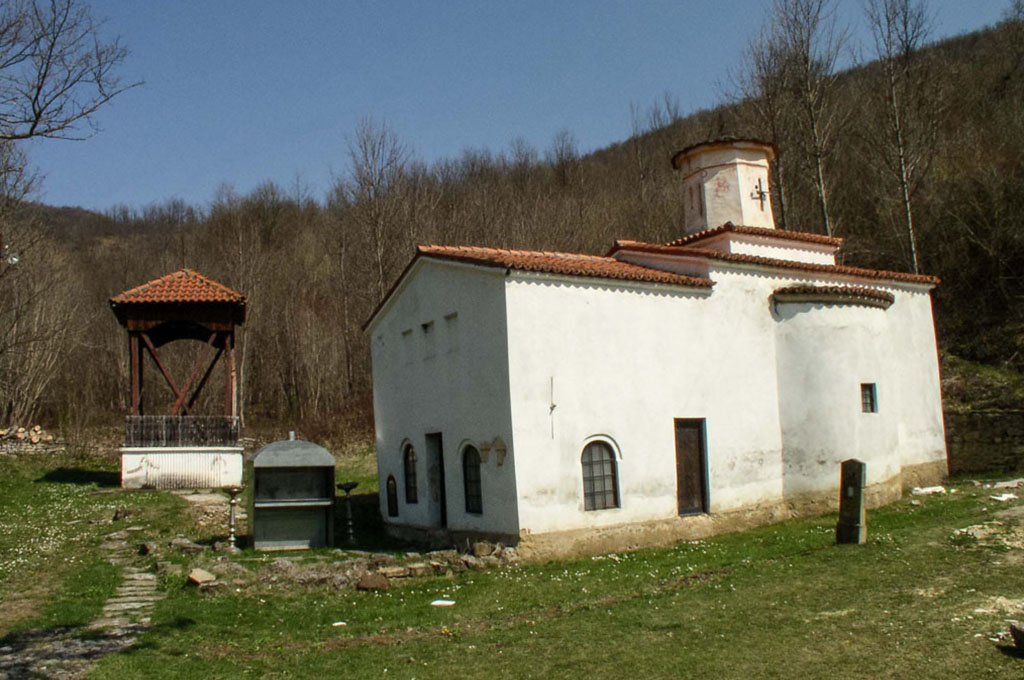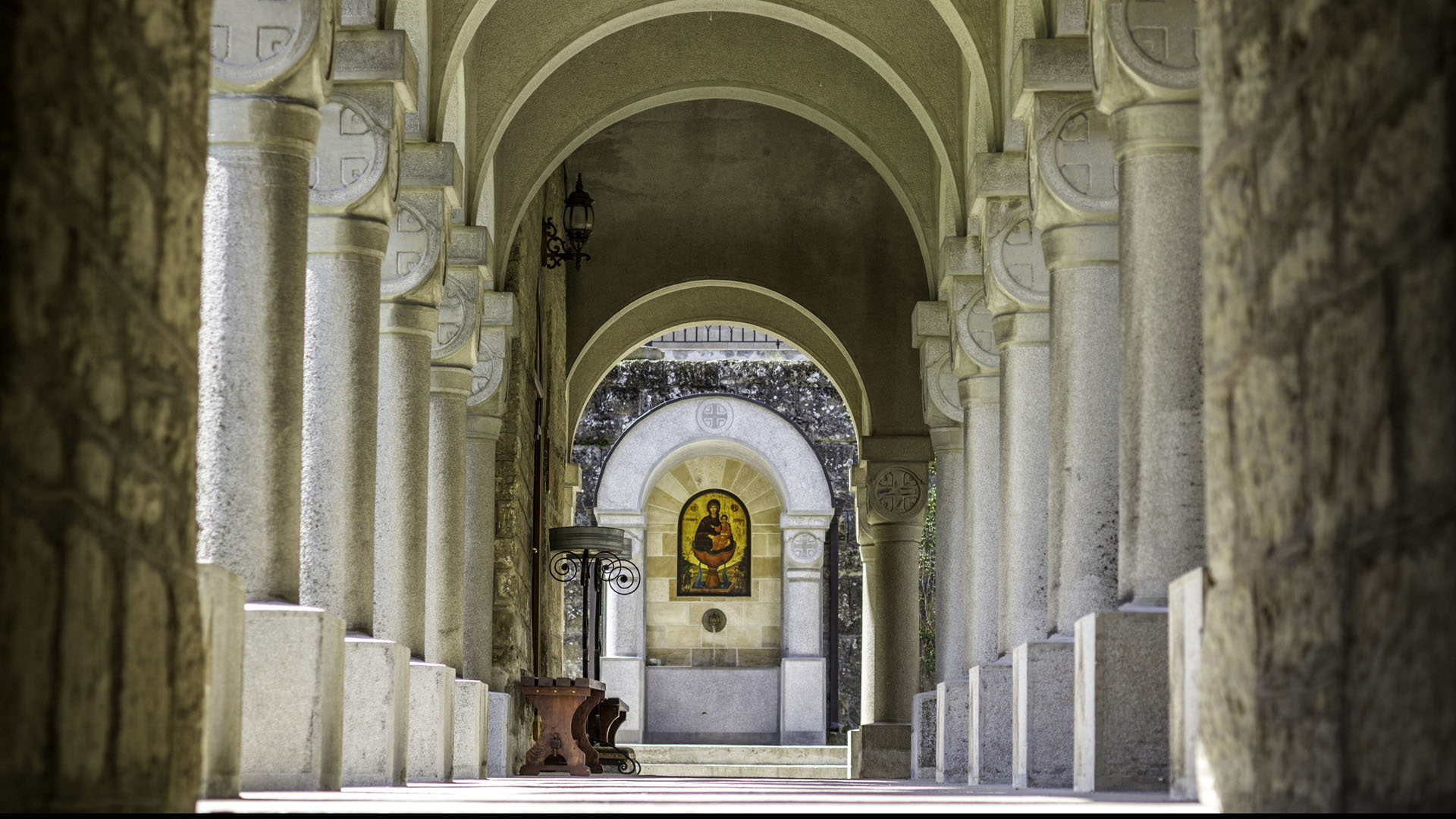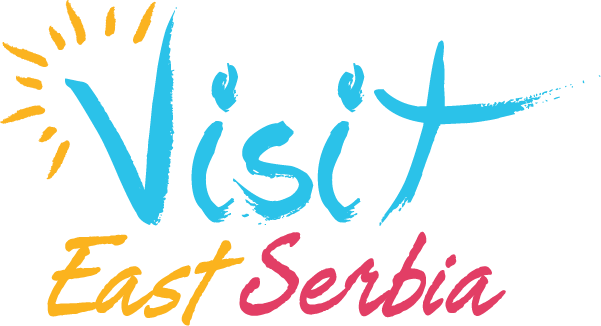Crkve i manastiri
Obilazak sakralnih objekata Timočke eparhije počinje na obali Trgoviškog Timoka, u Donjoj Kamenici, sa Crkvom Presvete Bogorodice. Izgrađena je početkom XIV veka i predstavlja kombinaciju romantike, gotike i moravske arhietkture. Na samo par kilometara odatle nalazi se i manastir Svete Trojice, koji je podignut u XV veku. U donjem toku Timoka, u miru stoletnih šuma nalazi se ženski manastir Suvodol, a niše kraj sela Grlišta manastir Svetog Petra i Pavla. Na planini Ozren nalazi se manastir Jermenčić koga su 1392. sagradili jermenski kaluđeri, a u okolini Boljevca manastiri Lapušnja, Krepičevac i crkva Lozica, za koju se pretpostavlja da je nakada bila manastir. Na domak crkve je veoma jak izvor pitke i hladne vode.


Crkva Svete Trojice u Negotinu svojom monumentalnošću daje poseban pečat starom gradskom jezgu. U blizini grada je i manastir Bukovo podignut u vreme Kralja Milutina, krajem XIII veka, kao i manastiri Koroglaš i Vratna. Nedaleko od manastira Vratna, nalaze se i vratnjaske kapije, poseban prirodni fenomen koga čine ogromne kamene kapije - prerast, koje spajaju kanjon.
Manastirica leži na malom potoku Šajna, 20 kilometara od Kladova i u njemu je po predanjimu kćer kneza Lazara našla utočište bežeći sa istoka. Više puta je rušen i obnavljan.
Crkva Uspenja Svete Bogorodice i Crkva Silazak Svetog Duha, najznačajniji su verski objekti u Opštini Bor. Crkva u Majdanpeku posvećena je Sv. apostolima Petru i Pavlu koje su majdanpečki rudari uzeli za svoje zaštitnike.


